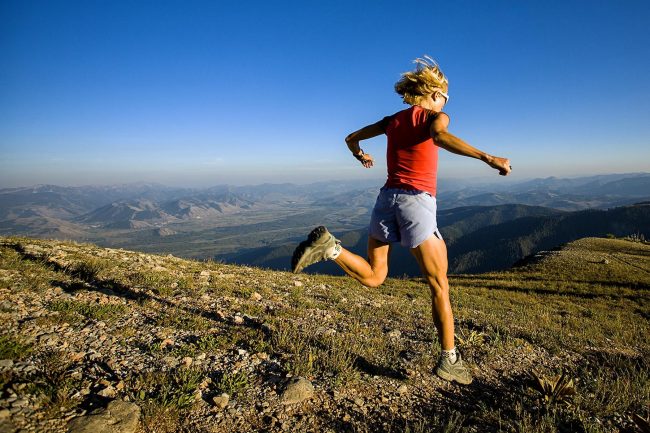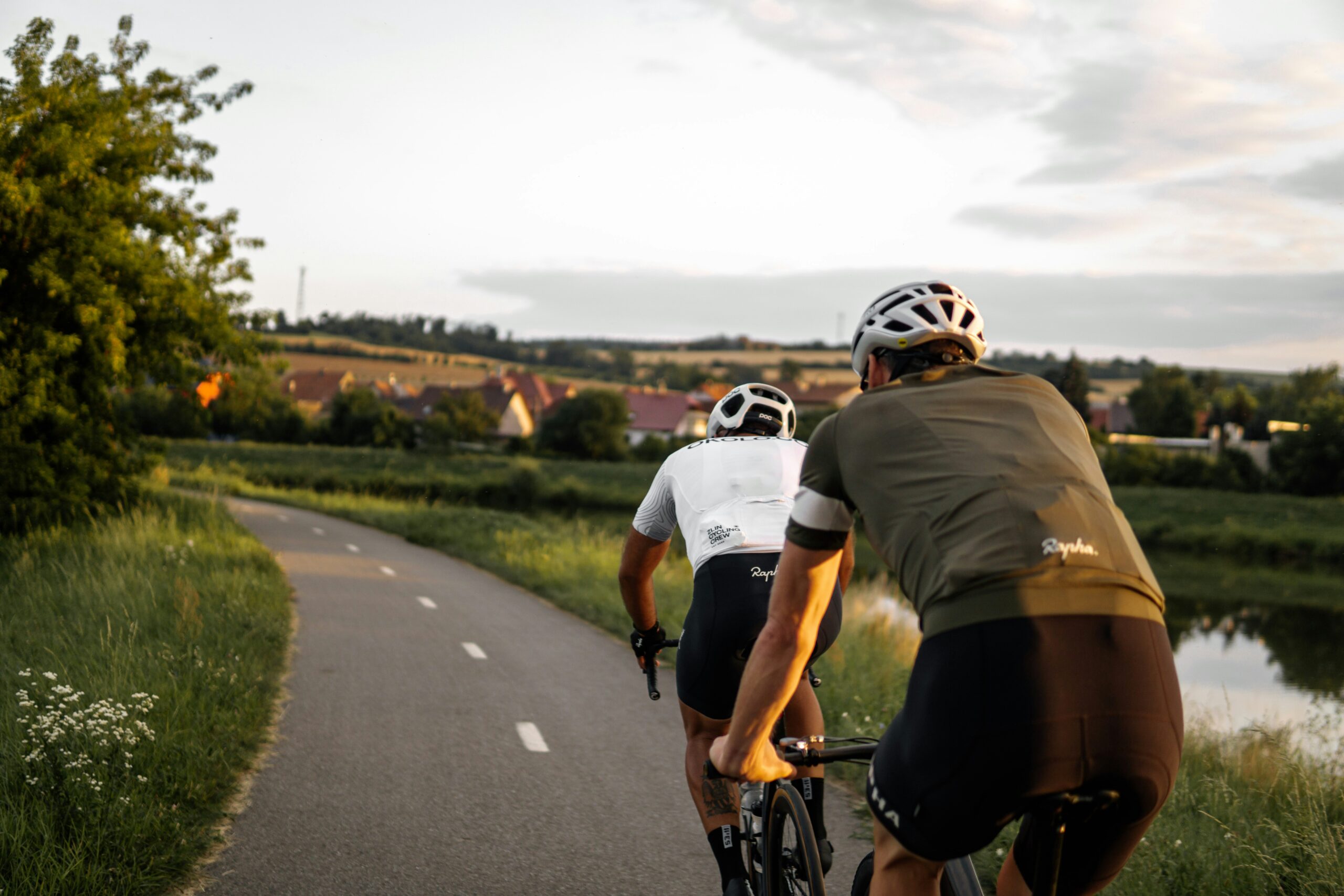How Physiotherapy Helps Prevent Trail Running Injuries
Published on
19 Jan 2015

Call us on: (03) 9975 4133
Tackling one of the trail running events on Victoria's running calendar in the first quarter? Make sure your technique is right before you hit the trail to avoid injury!
While many of us are relaxing on a beach or getting started on another year of work, some are spending January gearing up for one of the many trail running events in Victoria during the first quarter. Whether it be the Bogong to Hotham Trail Run (11th Jan, 64km), the Two Bays Trail Run (11th Jan, 28km), the Falls Creek Mountain Raid (14th Feb 2015, 4 trail runs) or the Mt Baw Baw Trail Run Festival (7th Mar), these runs are some of the toughest and most challenging events in the running calendar.
Trail running enables runners to ply their trade in a challenging, beautiful, natural environment. From a biomechanical perspective, trail running is a completely different beast to road running. This has various implications for training, performance and injury prevention.
We have previously discussed the importance of an efficient, consistent technique when running (Detailed Tips on Your Running Technique). Trail runs require this technique to be much more flexible and adaptable. Trails generally have steeper climbs and descents, and they require sharp twists and sudden changes of direction. The ground is often uneven and you will need to jump over rocks, fallen trees or other obstacles. This results in a significant increase in the loads through your bones, joints, muscles, tendons and ligaments. An injury to one of these structures is likely unless you prepare you body adequately.
Here are some areas to focus on:
Hip Stability – Pure Physiotherapist Laura Hanson wrote in November of the importance of strong gluteal muscles for lower limb biomechanics, especially for single leg activities (Do you understand your glutes?). If your hips roll in or buckle when you land heavily or change direction on the trail, your knees, shins, ankle and feet will be placed under much more strain. This is a major precursor for injury.
Quadriceps/Lower limb strength –Due to the nature of the terrain, there will be long periods on the trail where your knees are more flexed than they are on a road run. This is good news for your knee joints, as less strain will go through them. However your quads, calves and hamstrings take up this force and therefore need to be strong and adequately prepared. If you have a history of patellofemoral joint pain or ITB friction syndrome, this becomes especially important.
Agility and Balance – the trail presents multi-planer movements and uneven surfaces that will test your balance and agility. Of major concern are your ankle joints. If you have a history of ankle sprains you need to ensure you balance, strength and range of motion are all optimised before your commence on the trail, or you at a major risk of re-injury.
Eccentric Strength – While running down hills is less taxing on your cardiovascular system, it places increased strain on your muscles and tendons as they eccentrically contract (slowing you down as gravity tries to pull you down the hill). If your muscles are not adequately prepared you will fatigue very quickly which effects performance and risk of injury. It will also result in nasty delayed soreness for the next few days. A strength program that includes eccentric specific exercises is therefore crucial.
Here at Pure Physio, we recommend you address all these areas before you hit the trails. When you do commence, start with one trail run per week at a distance less than your usual road runs. If you have a current or recent niggle or injury you should book in for a full biomechanical physiotherapy assessment before you commence. This will ensure a smooth, injury free, fulfilling transition the trail!


